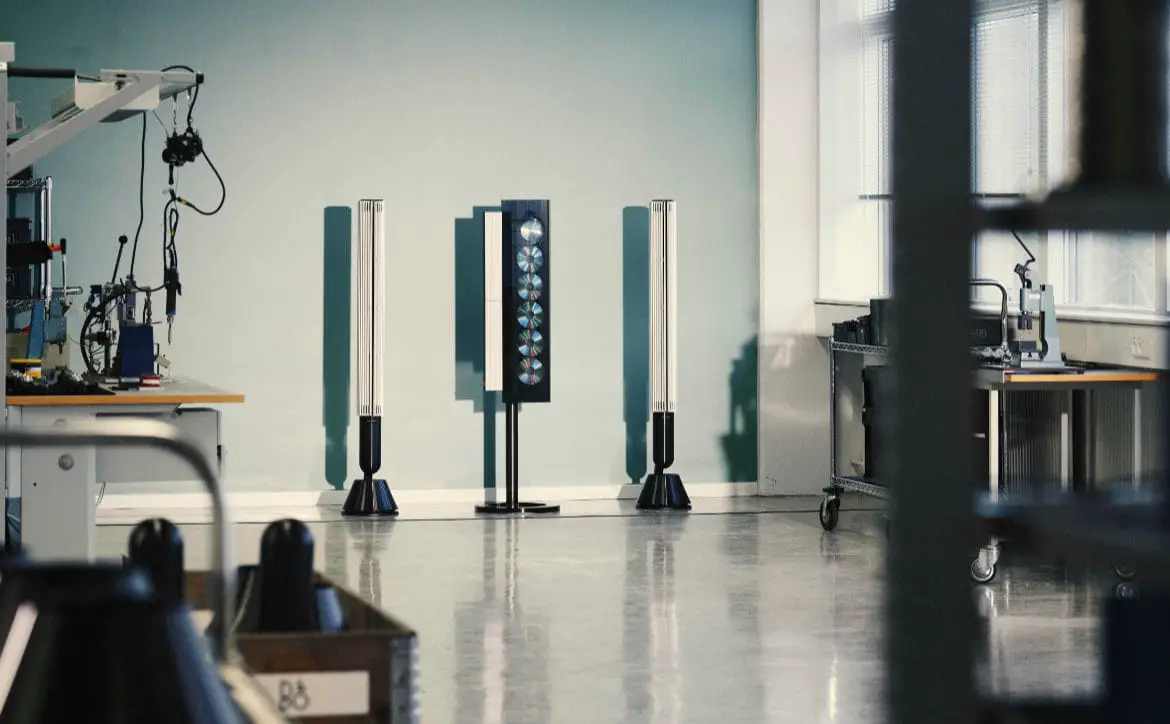
Canada’s Wireless landscape is lighting up with Rogers paying over 3 billion dollars for 22 licences and Bell paying just under 566 million. Telus comes in at 1.1 billion while the not so surprising news is Videotron winning licences in British Colombia, Alberta, Southern & Northern Ontario as well as Quebec. Could this mean a forth Canadian national provider? Check out the entire Canadian Government’s report after the break.
“Bidding in the 700 MHz commercial wireless spectrum auction began on January 14, 2014, and ended on February 13, 2014. Ten companies participated in the auction, and 97 of 98 licences were awarded to 8 of those participants, with a total value of $5.27 billion.
Following this auction, at least four providers in every region of the country will be able to offer Canadians, including those in rural areas, improved wireless services on the latest devices. Due to high adoption rates for tablets and smart phones, there has been exponential growth in the demand for next-generation wireless services such as LTE (Long Term Evolution). The low frequency 700 MHz licences were highly valued by bidders as this spectrum is well-suited to delivering such services—it carries signals well over long distances meaning it requires less infrastructure to deploy and penetrates structures better than higher frequency bands.
This auction used the Combinatorial Clock Auction (CCA) format and featured package bidding, which eliminated the possibility that companies got some, but not all, of the licences needed for their business case.
The CCA consists of three stages:
In the first stage bidders can bid on one package of licences at a time. This informs price and demand and, as in a traditional auction, prices rise incrementally. As prices increase, bidders have the option to change to a less expensive package.
In the second stage of the auction, bidders can top up their bids for packages they bid on in the first stage of the auction and bid for other packages of interest.
The third stage allows winners to place bids on a particular licence within a group of similar licences.
The auction software determines winners based on the highest value combination of package bids and sets prices that ensure no other bidder was willing to pay more.
In this auction, there were 108 rounds of bidding that took place over 22 business days.
One of the benefits of this format is that every winner is ensured a licence package that supports their business case. Details of the number of licences won by each company and final price are as follows:
Bidder Number of Licences Won Final Price Rogers 22 3,291,738,000 Bell 31 565,705,517 TELUS 30 1,142,953,484 MTS 1 8,772,072 SaskTel 1 7,556,929 TBayTel 0 — Vidéotron 7 233,328,000 Bragg 4 20,298,000 Novus 0 — Feenix 1 284,000 Totals 97 $ 5,270,636,002 Unallocated 1 284,000
Final Results Service Area Paired Blocks Unpaired Blocks A B C C1 C2 D E Newfoundland & Labrador Rogers Rogers Bell Bragg TELUS Bell Bell Nova Scotia & Prince Edward Island Rogers Rogers Bell Bragg TELUS Bell Bell New Brunswick Rogers Rogers Bell Bragg TELUS Bell Bell Eastern Quebec Rogers Rogers TELUS Vidéotron Bell TELUS TELUS Southern Quebec Rogers Rogers TELUS Vidéotron Bell TELUS TELUS Eastern Ontario & Outaouais Rogers Rogers TELUS Vidéotron Bell TELUS TELUS Northern Quebec Bell Bell Rogers Vidéotron TELUS Bell Bell Southern Ontario Rogers Rogers Bell Vidéotron TELUS Bell Bell Northern Ontario Bell Bell Rogers Bragg TELUS Bell Bell Manitoba TELUS TELUS Rogers MTS Bell TELUS TELUS Saskatchewan TELUS TELUS Rogers SaskTel Bell TELUS TELUS Alberta Rogers Rogers TELUS Vidéotron Bell TELUS TELUS British Columbia Rogers Rogers TELUS Vidéotron Bell TELUS TELUS Yukon & Northwest
Territories & NunavutBell Bell TELUS IC Feenix Bell Bell Winning bidders have until March 5, 2014, to submit 20 percent of their total final payment. The remaining 80 percent of their total final payment is due April 2, 2014. The revenue from this auction will be deposited in the Consolidated Revenue Fund for the benefit of all Canadians.
The next major auction of wireless spectrum licences will be the 2500 MHz band, scheduled to begin in April 2015. This spectrum is well-suited for addressing demand in more densely populated areas driven by increased smart phone and tablet use and for delivering broadband services to rural Canadians.
For more information, see the Backgrounder released at the start of bidding, as well as the 700 MHz auction home page.”
Source: Government of Canada










